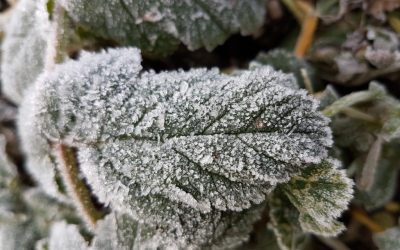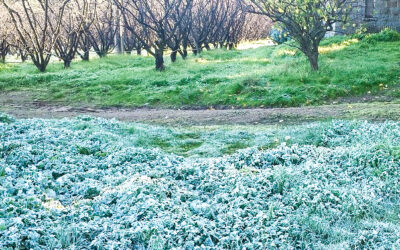Estimated reading time: 7 minutes
Are you wondering whether your fruit trees need watering in winter? Or whether you should “water in” new trees when you plant them?
If so, you’re not alone. Many gardeners have the same questions, and this blog will give you the confidence to know how much water to give your trees all year round.
Dealing with the challenges of a wet winter
When we have a wet winter in Harcourt, we’re often sharing the experience with a lot of the east coast.
Wet winter for us means it can rain so much that paddocks start to feel very wet. Orchards start to get really muddy. Getting bogged becomes an ever-present possibility!
In these days of climate extremes, it’s hard to say what’s a “normal” winter any more. So let’s just have a look at the potential impacts of too much (or not enough) winter rain on your fruit trees.
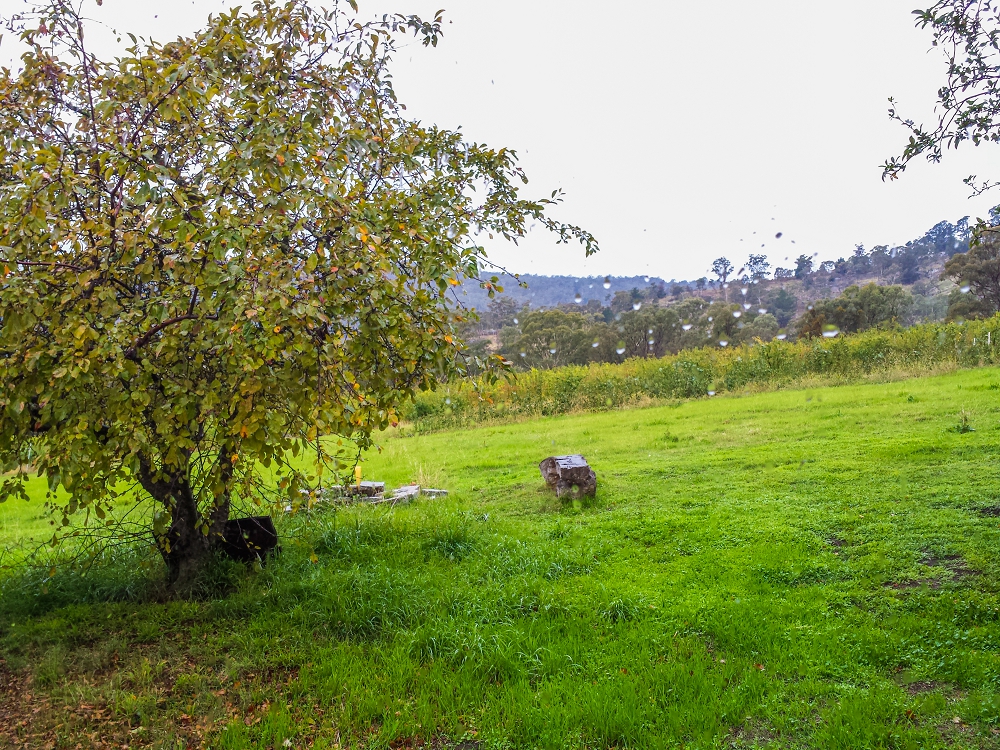
Do fruit trees need watering in winter?
The short answer is no, for most deciduous fruit trees.
When your fruit trees are dormant (i.e. their leaves have fallen off), they don’t usually need watering. A lot of water evaporates from the tree via the leaves. Once they’ve fallen off, the tree’s water needs are massively reduced.
The roots are still functioning right through winter but they can usually get enough water from the soil to do their job.
Even new fruit trees being planted in winter don’t usually need watering in unless you’re planting them in drought conditions.
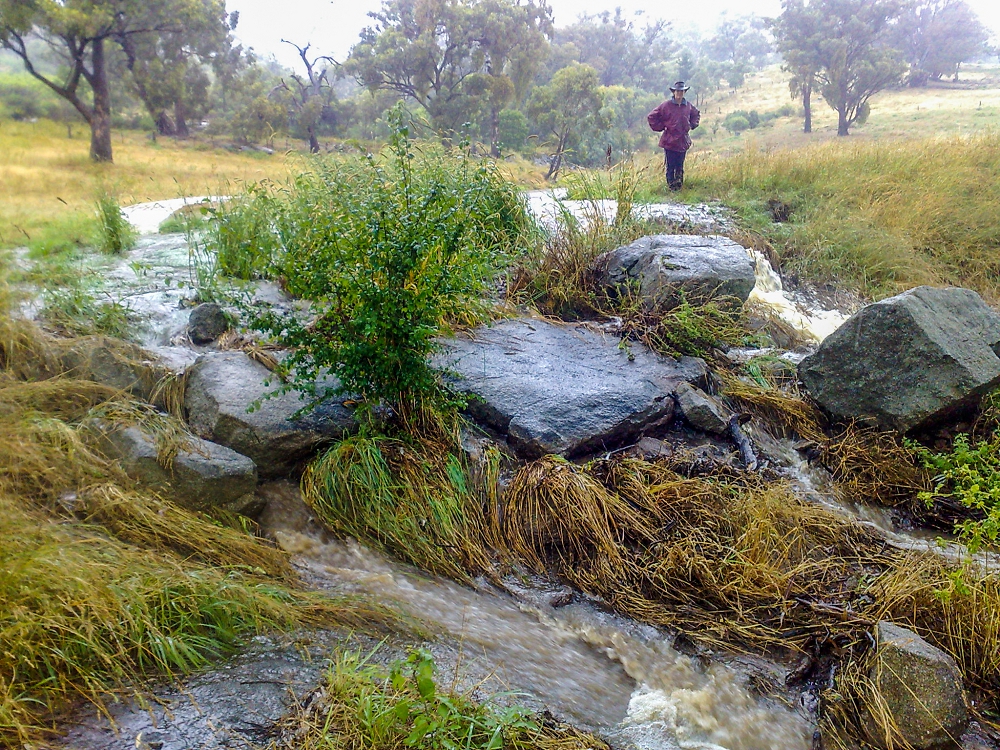
Too much rain?
Sometimes the idea of ‘too much rain’ is subjective, and sometimes it’s undeniable.
We experienced a pretty major flood in 2011, so we know what too much rain looks like. We’ve seen firsthand that it can have a devastating effect on fruit trees, so we used what we learned to put together a flood recovery plan.
If the excessive rain happens while there’s fruit on the trees it can split, go rotten, or fall off. Trees become much more prone to disease. Worst-case scenario is that trees will die.
Even if you’re not technically experiencing a flood, consistent rain can lead to problems. Once your catchment becomes saturated, even a small amount of rain can lead to a large inflow of water.
The results can be dramatic. Once our catchment is wet, just 3mm of rain can lead to up to 1.2 gigalitres of water flowing into the dams. If the catchment is dry, 20mm of rain will just be soaked up by the landscape with no inflow into the reservoirs at all.
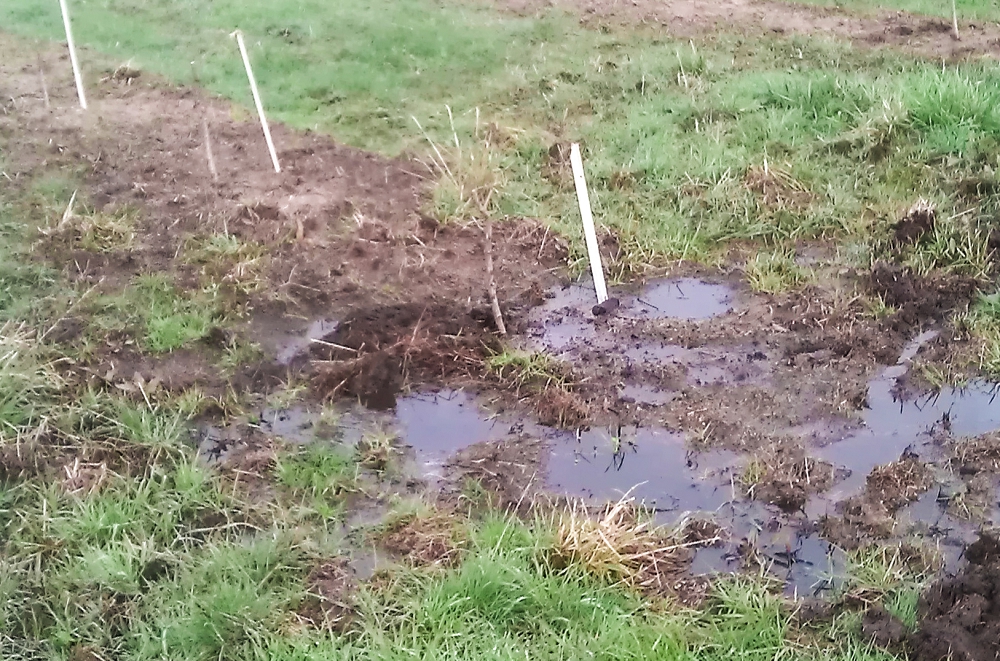
Check your drainage
Having a lot of rain, but not being in a flood, gives you a great chance to check your drainage.
A good measure of whether your soil drains well is that rainfall should be absorbed by the soil within 24 hours or less.
A wet winter will uncover those parts of your garden where rainfall tends to sit in puddles on the surface. If that’s near your fruit trees, you’ve got a problem. Even though the trees may be dormant, if they sit in water for too long the tree may die.
What’s the solution?
As always, more organic matter will definitely help. It’s the best way to make the most of your rainfall, because it acts as a sponge in the soil.
But getting enough organic matter into your soil to make a difference can take years.
In the short term, you may also need to install a drainage system. This will make sure the excess water flows away from your fruit trees so the roots don’t drown.
What if there’s not enough water in winter?
If you’re experiencing very dry conditions in winter, it pays to do a bit of forward planning. The millennial drought was a tough experience to go through, but it definitely taught us how to grow fruit with minimal water.
It’s possible to restrict the amount of water your fruit trees get with minimal impact. It’s all about the timing. Watering at key times can make a huge difference to your trees. However, if conditions are really dry, you may need to reduce the amount of fruit you grow that year in order to protect the trees.
A dry forecast also has a big impact on vegetable growing. Having a market garden on our farm has shown us how many months in advance the planning for a market garden has to happen! Decisions about how many seedlings to start in your hothouse for the approaching growing season need to happen months in advance.
Water for growing fruit on a large scale
Growing fruit on a larger scale or in a dry climate often relies on having an external irrigation source. For us, that’s Coliban Water. Each year they tell us what percentage of our allocation we’ll be receiving.
It has a big impact on all the businesses in the Harcourt Organic Farming Co-op on our farm. Our policy is that we pass any water restriction on to them. If Coliban allocates 30%, we all get 30%.
What’s an ‘allocation’, you may be asking?
Every farm in our irrigation district owns a water right. This gives us the entitlement to access a certain amount of water from the storage dams each year. In our case, we own the right to use 40 megalitres, or 40 million litres each year.
But though we own the ‘right’ to access the water, Coliban Water can only supply us if the water is actually present in the reservoirs.
If storages are low, they issue water restrictions. During the big drought, we received reducing allocations every year for 7 years. They were scary times.
Every year in late winter we find out what our allocation will be. If we’re on 100% – yay, what a relief, life can go on as normal.
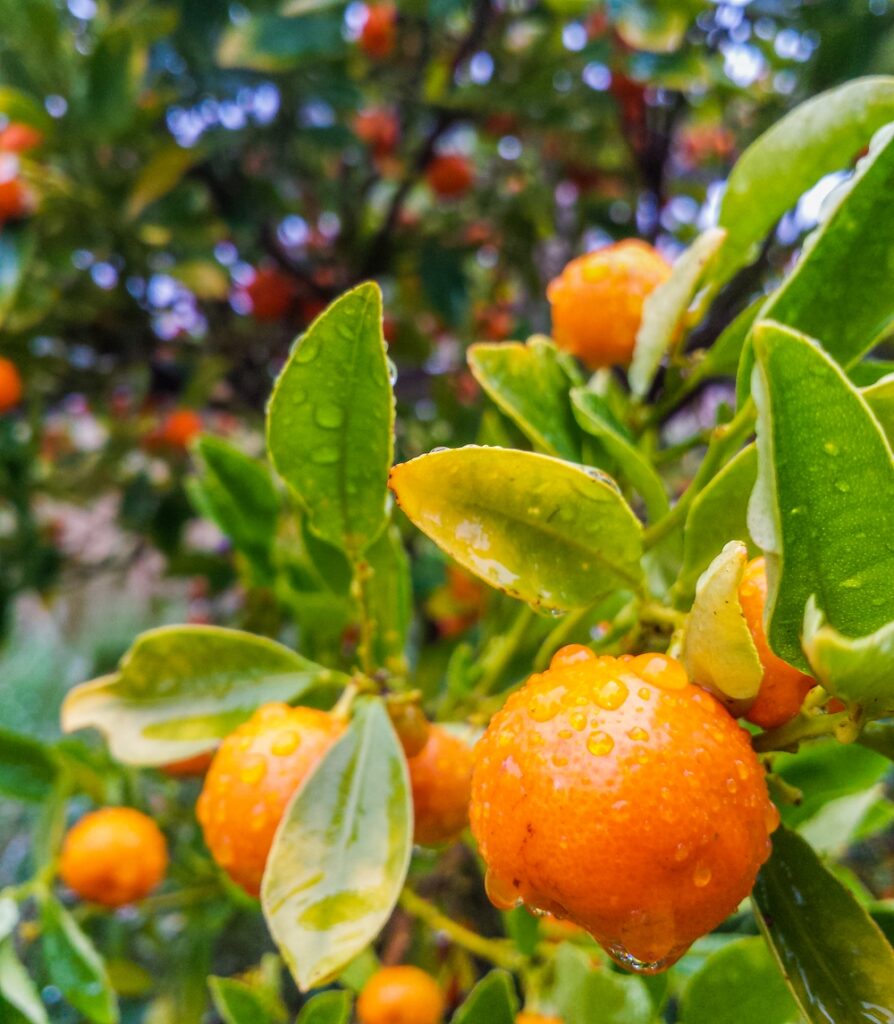
Winter, water, fruit trees, and resilience
Trying to grow food in this changing climate is fraught. In recent years we’ve experienced both the wettest and the driest years on record.
All the predictions and our collective lived experience say this climate variability is only going to get more extreme.
As a gardener, this is your new ‘norm’. Expect the unexpected, plan for the worst, and aim to be as resilient as possible!
And guess what’s the single biggest factor that makes you resilient in both wet and dry years?
Healthy soil with a high carbon content holds way more water than depleted soil (making you more drought resistant), plus it drains much better (making you more flood resistant)!
Good gardening always comes back to the soil.
Related Articles
Providing frost shelter for fruit trees
Learn how to provide frost shelter for your fruit trees in spring to protect the flowers and fruit from damage.
Managing your fruit trees and frost
Learn about frost in your garden, how it may affect different types of fruit trees, and how to protect them by creating microclimates.
Fruit tree summer pruning pros and cons
Pruning your fruit tree in summer or winter can have different results, so we help you decide the best time for the job.



